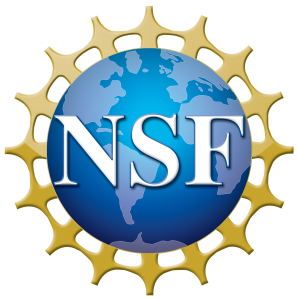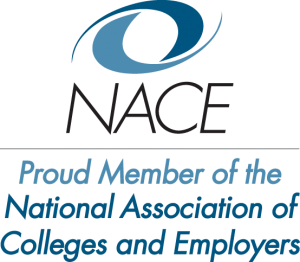Working Smarter: How to Identify Your Services with the Highest ROI
Across higher education, administrators are being asked to do more with less. Today’s students expect high-touch, personalized services–but how do you meet that need with a small budget and, in some cases, an even smaller staff?
It’s time to work smarter. Discover how you can evaluate and analyze your #CareerServices based on their #ROI:Click to TweetTake Inventory
Before deciding where to focus your resources, it’s important to do your research and answer a few basic questions about your services. Mapping out all of the resources available to you, the activities and services your office performs, and the outcomes you hope to have are important steps in taking inventory of how best to serve your students.
Start at the End
It might seem counterintuitive, but before you start planning how to spend your budget, it’s important to get a clear vision of what you want your outcomes to be.
In career services, a few common outcomes may include:
- Student success post-graduation. What this looks like may vary by institution. Do you want them to report having high salaries? Do you want to see them in prestigious fellowships and graduate programs? Or do you most want your students to report that they find their careers full of purpose and in alignment with their values, skills, and experiences?
- Student enrollment and retention. Although many career educators fully understand the relationship between their work and student success after graduation, career services can also be a critical component of both enrollment and retention. Prospective students and parents are increasingly aware of the importance of career support, and this is something they want to see in their college searches. And once those students are on your campus, career services can help them set clear goals and stay on track for graduation.
As you consider your department’s desired outcomes, it’s important to determine how you will measure success. Student and alumni surveys, including the First Destination Survey, will be invaluable resources as you determine the benchmarks you want to set for your team.
At PathwayU, we put purpose above all else. See how this translates into the work we do with universities and students through our purpose-driven assessments.
Map Your Activities
Once you’ve settled on the outcomes you want to impact, it’s time to start mapping out all of the activities your team performs. These could include:
- One-on-one career coaching and advising appointments.
- Group advising.
- Workshops.
- Career and graduate school fairs.
- Employer relations.
- Internship program management.
- Faculty workshops and training.
Once you’ve listed all of the activities your office performs, it’s time to map them to your outcomes. If you find an activity that doesn’t relate directly to one of your desired outcomes, you need to consider whether it’s something you can stop doing.
As you map your activities to outcomes, you should also be looking for ways to measure how successfully your activities are contributing to those outcomes. Is there a clear correlation between students having one-on-one appointments with career coaches and finding their careers meaningful? Do students who attend workshops on salary negotiation actually achieve higher salaries? Do students who participate in an internship retain at higher levels than those who don’t?
Again, if there are activities that don’t seem to be moving the needle when it comes to impacting outcomes, it may be time to take a harder look at how they’re being done.
The journey toward informed decision-making starts with taking inventory of the success of your existing services. See how you can determine the best strategy centered around #ROI:Click to TweetList Your Resources
Finally, it’s time to list your resources–everything that your office is able to draw upon in order to perform the activities that will lead to the outcomes you desire. This list will include:
- Your budget
- Your available staff
- Campus partners
- Alumni mentors
- Technology
By now, you’ve hopefully begun to identify the activities that are having the biggest impact on your outcomes. Now, it’s time to figure out how to allot your resources so that you can maximize the effect of those activities.
This is where technology can truly be your friend. If, like many career educators, you’ve found that individual, personalized advising is having the highest impact on positive outcomes for your students, you will want to allot as much budget and personnel to that activity as possible. But no matter how big your team (and budget) is, there are simply not enough hours in the day to provide high-quality advising to the entire student body.
By leveraging the technology of PathwayU, your team can dramatically increase its ability to provide personalized touchpoints for every student. With its focus on finding purposeful careers, the PathwayU platform provides a way for advisers to quickly and efficiently help students reflect on their values and identify potential career paths.
A small budget doesn’t have to equate to a small impact. With the right tools in your back pocket, even the smallest career services teams can provide high-impact advising to a large number of students.
-1.png?width=288&height=67&name=PathwayU_PGLogo%20(1)-1.png)











